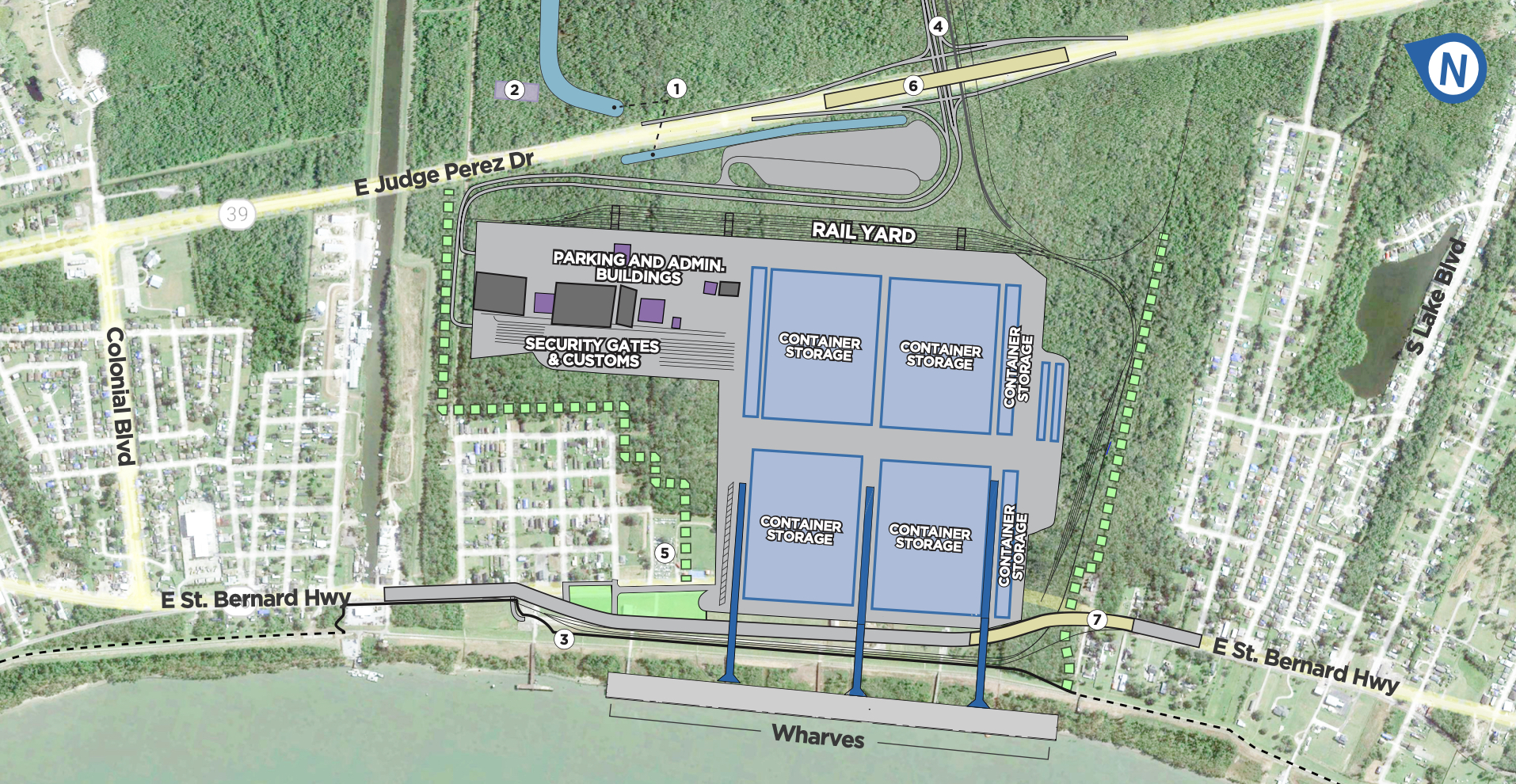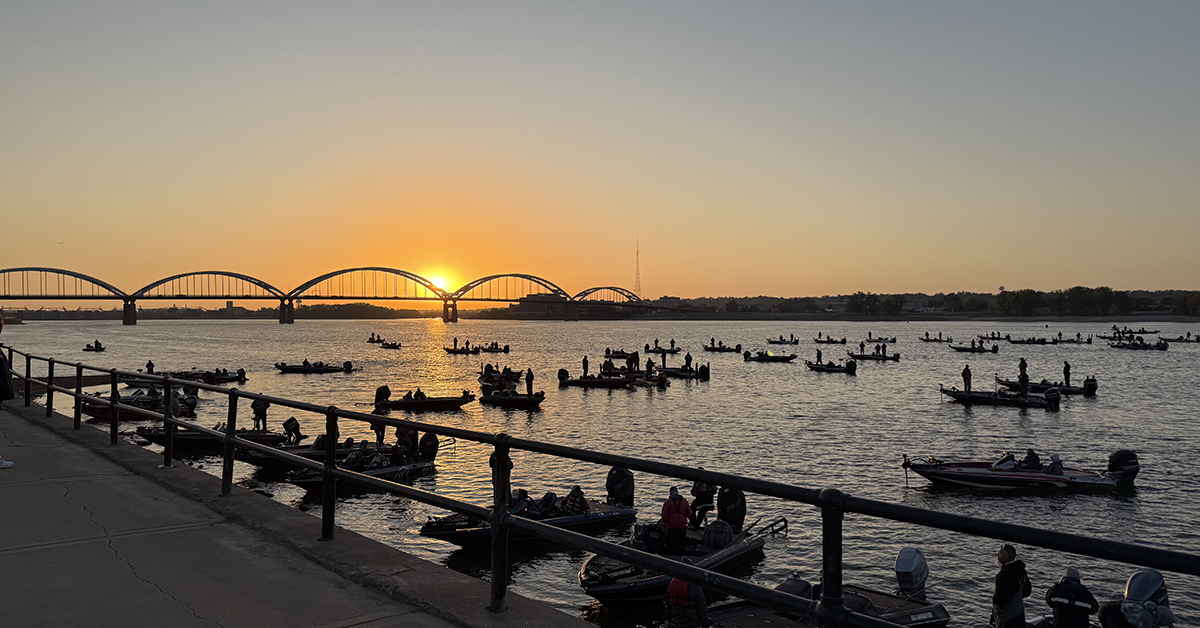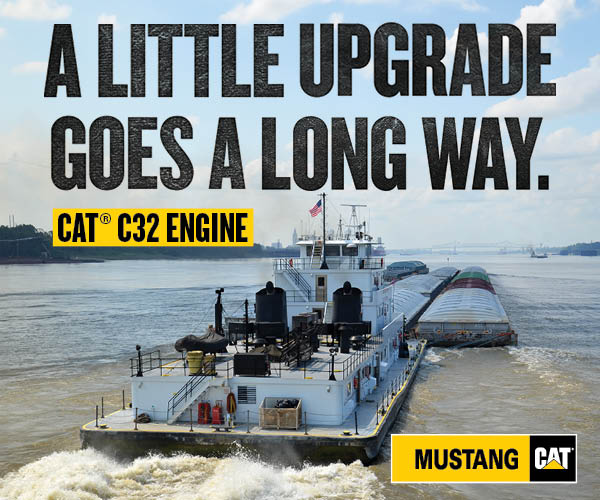The inland waterways system is “the natural gem of the United States,” but water transportation isn’t in the public eye as much as highway, rail and air transport, said Deb Calhoun, who serves as both senior vice president of Waterways Council Inc. (WCI) and secretary of the National Waterways Foundation (NWF).
That’s why the NWF, the research arm of the inland waterways community, sponsored the Eno Center for Transportation’s study titled “Benefits and Beneficiaries of the Nation’s Inland Waterways.” The Eno Center led a webinar February 26 which featured an open discussion of the report.
Besides Calhoun, presenters included Kirbie Ferrell, policy analyst with the Eno Center for Transportation; Stephanie Bowman, maritime industry director for the Washington State Department of Commerce; Joan Kranovich, vice president of business growth and director of Sports QC; and Janine Mansour, director of trade development for the Port of New Orleans.
Presenters considered how waterways management and infrastructure improvement have enhanced the useability and benefits of the river system.
“Here in Paducah, everything really revolves around the inland waterways,” Calhoun said, noting that every major commercial river transportation company is headquartered or has an office in Paducah, Ky.
Paducah was founded because of its location at the confluence of the Ohio and Tennessee rivers. The city also benefits from its proximity to the Mississippi and Cumberland rivers. More broadly, the rivers have played a major role in the history of the United States. The Louisiana Purchase, for instance, was made in part for the benefits of trade and commerce along the Mississippi River and its tributaries, Calhoun said.
Even in the present day, the river continues to shape growth of the Paducah community, with the U.S. Maritime Gateway Office, a Coast Guard marine safety unit, the Seamen’s Church Institute’s Center for Maritime Education and the River Discovery Center all located in Paducah. Additionally, Calhoun noted that the city has just begun a major riverfront revitalization designed, in part, to enhance the experience of guests visiting Paducah and other river cities as part of river cruise itineraries.
Bowman discussed how infrastructure development has led to ports on the Columbia and Snake rivers that have created jobs and added to the nation’s safety, security and transportation resiliency. Before the advent of the modern-day lock and dam system, waterfalls on the Columbia River prevented the smooth flow of transportation. Now, she said, waterborne transport is safe and efficient, with every tow replacing 76 trucks on the road and providing capability for the transportation of large cargoes, including windmill blades.
Additionally, she said, the hydroelectric power generated at the dams produces 40 percent of the electricity for the Pacific Northwest, creating enough electricity to power eight cities the size of Seattle. The waterways are also key to providing the cooling needed for a nuclear reactor farther inland, she said.
“That’s all possible because of the Columbia and the Snake River inland waterway,” Bowman said.
The inland river system provides major agricultural uses as well, she said. Water from the Columbia River is used to irrigate more than 300,000 acres of farmland in Washington, producing enough apples for 18 million people, enough corn for 19 million people and enough potatoes for 6 million people.
The ports on the Columbia and Snake rivers have made the region the top wheat exporter in the United States and No. 2 for corn and soy exports, she said. Globally, the region ranks third in the world for grain exports.
Kranovich said the Mississippi River is key for tourism in the Quad Cities area, which encompasses the cities of Davenport and Bettendorf, Iowa, and Rock Island, Moline and East Moline, Ill. More than 100 miles of trails run through the region, including a 60-mile stretch where the Great River Trail and the Mississippi River Trail come together, she said.
Additionally, both American Cruise Lines and Viking offer river cruises.
“It’s just amazing to see the international visitors who want to see our destination, want to see our river, want to experience America that way,” she said.
Besides organized cruises, others are attracted to the Upper Mississippi for pontoon boating, using personal watercraft like Jet Skis, twice-weekly summer waterski events or festivals like Floatzilla, which brings some 2,500 kayaks and canoes to the region. Tourism officials calculated that the last fishing tournament alone had a $1 million economic impact on the Quad Cities region.
Additionally, 47,000 people used water taxis in the Quad Cities last year.
“We’re able to do so much more on the river because of that lock and dam system,” Kranovich said.
Mansour said more than 1.2 million passengers cruise out of New Orleans each year.
She also highlighted commercial river uses, noting that more than 60 percent of the nation’s agricultural exports are loaded to bulk vessels for export from ports on the Lower Mississippi River, with more than 200 million tons exported annually.
She said Port NOLA has “grown a very successful container-on-barge service” since 2016 between ports in Baton Rouge and New Orleans and that the port is now working with America’s Central Port to expand that service to St. Louis.

Looking toward the future, the inland river system will continue to be important, but investment is necessary, Calhoun said.
WCI continues to work with members of Congress to advocate for policies that benefit the river system, including for full and efficient funding of lock and dam projects, especially important considering that more than 80 percent of locks on the system have exceeded their 50-year design life, Calhoun said.
“Like all of the important infrastructure in the United States, it requires recapitalization,” she said of the system.
That includes continued replacement of 600-foot locks with modern 1,200-foot locks to add efficiency and reliability, Calhoun said, highlighting the Kentucky Lock Addition Project as one example. At Kentucky Lock, companies currently experiencing 7- or 8-hour delays for tows transiting the lock can expect to see total lockage times of around 45 minutes once the new lock is complete.
Calhoun also mentioned the need for operations and maintenance funding for the Corps to maintain channels that are critical for ports. Low-water seasons over the past three consecutive years helped illustrate that point, she said.
Advantages Calhoun noted for investing in the system include keeping commerce moving and maintaining a competitive advantage with international shipping. Additionally, she said, while other modes of transportation are at their maximum capacities, waterborne transportation continues to have room for expansion.
Monsour discussed the importance of continued dredging in the mainstem river as well.
“As we know, vessels are getting larger and larger on a global scale,” she said, adding that some container vessels require close to 50 feet of water to operate.
Investments in the system are key to building trade, she added. One example of that is the new container terminal the port plans to build in Violet, La. The project received the largest federal grant of any container terminal project in the country with $300 million in federal grant funding, along with state and private sector funding and Port of New Orleans bonds. Monsour said the port expects to receive a permit to break ground on the new terminal later this year.
Featured image caption: Bass boats are ready for a fishing tournament on the Upper Mississippi River in the Quad Cities area near sunrise in fall 2024 (Photo courtesy of Visit Quad Cities)




